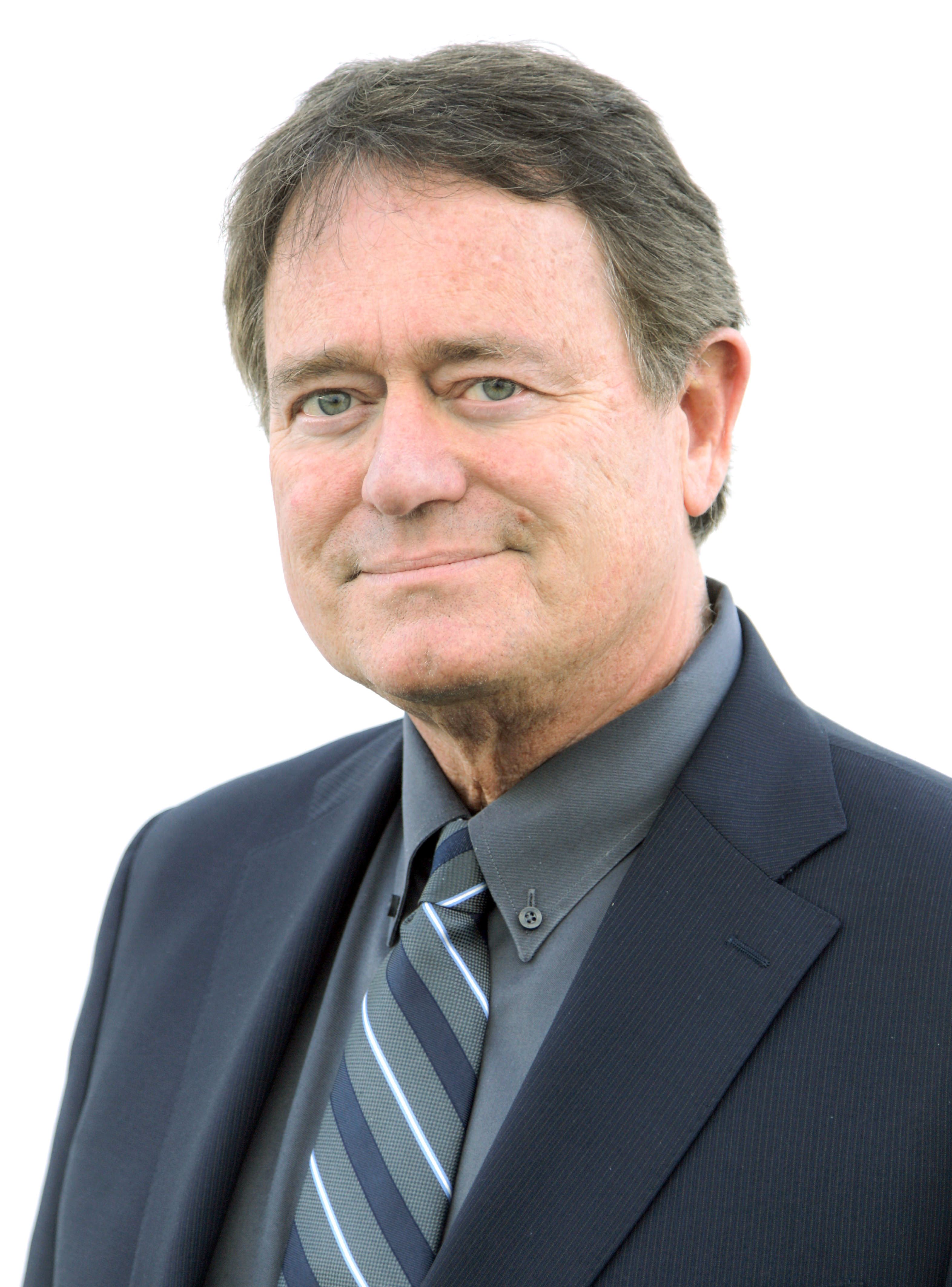Important New Standards Published
This summer was a busy time for ATSC standards development, with the adoption and publication of several important documents intended to further the DTV transition. Among the specifications finalized:
E-VSB
Enhanced VSB transmission, or "E-VSB," is an optional mode of transmission that provides broadcasters with the ability to trade-off data rate for a lower carrier-to-noise threshold for selected services. The E-VSB mode includes additional forward error correction (FEC) coding layers that allow reception under weaker signal conditions (approximately a 6 dB advantage).
Examples of potential applications for E-VSB include delivery of "fall-back" audio, programming services targeted at small DTV receivers with indoor antennas, nonreal-time transmissions of file-based information to handheld and pedestrian receivers, and robust data broadcasting to devices such as PCs. E-VSB is documented in a new amendment to the ATSC DTV Standard (A/53C). The ATSC also published a number of related Candidate Standards that support the E-VSB system. Specifically,
¥ CS/T3-608 and CS/T3-609, the trans port stream specifications;
¥ CS/T3-606, which documents enhancements to the ATSC PSIP Standard (A/65B); and
¥ CS/T3-613 and CS/T3-614, enhance ments to AC-3 audio (E-AC-3), which can be used with E-VSB.
These Candidate Standard specifications, available on the ATSC Web site for review, are still under development.
TRANSMISSION
The ATSC approved a standard for the construction of transmission systems through the use of multiple transmitters in a single frequency network (SFN).
ATSC Standard A/110, "Synchro-nization Standard for Distributed Transmission," defines a method for synchronizing two or more transmitters emitting 8-VSB signals in accordance with the ATSC DTV Standard (A/53C). It also provides for adjustment of transmitter timing and other characteristics through additional information carried in the specified packet structure.
Distributed transmission (DTx) is intended to use multiple transmitters to cover a given area without a conventional, high-power station, although one or more may be part of the network of transmitters.
DTx allows the signal level throughout a service area to be higher than it would be from a single transmitter, and it also permits better control of interference to neighboring stations. A companion Recommended Practice on the design of synchronized multiple transmitter networks is under development within ATSC.
DTV RECEIVERS
A cross-industry effort led to the publication of a Recommended Practice on DTV receiver performance. A/74, "Recommended Practice: Receiver Performance Guidelines," is a collaborative effort of broadcasters, consumer electronics manufacturers, chip makers and other ATSC members.
It provides performance guidelines for receiver sensitivity, multiple-signal overload, phase noise, selectivity and multipath. The document suggests the use of the antenna control interface developed by the Consumer Electronics Association (CEA-909), which facilitates automatic control of antenna parameters and provides guidelines for implementation of received signal-quality indicators for use by consumers.
CONDITIONAL ACCESS
The ATSC has approved a revision of document A/70, "Conditional Access System for Terrestrial Broadcast." The new specification, A/70A, is the first major update of the ATSC conditional access (CA) specification since it was approved in May 2000. A/70A is based, whenever possible, on existing open standards. It defines the building blocks necessary to ensure interoperability; i.e., any ATSC CA module can operate with any ATSC-compatible hosts designed to support ATSC CA. As the ATSC CA module is replaceable, ATSC hosts are protected against obsolescence when security is upgraded. The ATSC CA standard is designed for broadcasters of ATSC signals and ATSC receiver manufacturers to allow broadcasters to deploy pay services using a conditional access system.
MEXICO APPROVES ATSC
Earlier this summer, the government of Mexico announced it adopted the ATSC standard for digital terrestrial television broadcasting. It is expected that Mexico's adoption will benefit North American DTV viewers and consumers, as well as the DTV industry as a whole, due to improved economies of scale.
Adoption of the ATSC standard is contained within a detailed policy issued by Mexico's Secretary of Communications and Transportation. The policy is based on recommendations from a government and industry consultative committee following an October 2003 directive from President Vicente Fox. The plan projects that by Dec. 31, 2006, commercial DTV services will be available in Mexico's three largest cities--Mexico City, Guadalajara and Monterrey--as well as in certain cities along the Mexico/U.S. border.
Mexico, which together with Canada participated in the decade-long U.S. DTV standards development process, selected the ATSC DTV Standard based on its own review of competing standards. Canada adopted the ATSC standard in 1997 and began commercial deployment in 2003.
Mexico's adoption of the ATSC Standard marks an important milestone toward the goal of achieving a common digital television standard throughout the Americas. Additional information on the issues covered in this column can be found on the ATSC Web site, http://www.atsc.org All standards, recommended practices and information documents can be downloaded at no charge.
The professional video industry's #1 source for news, trends and product and tech information. Sign up below.

